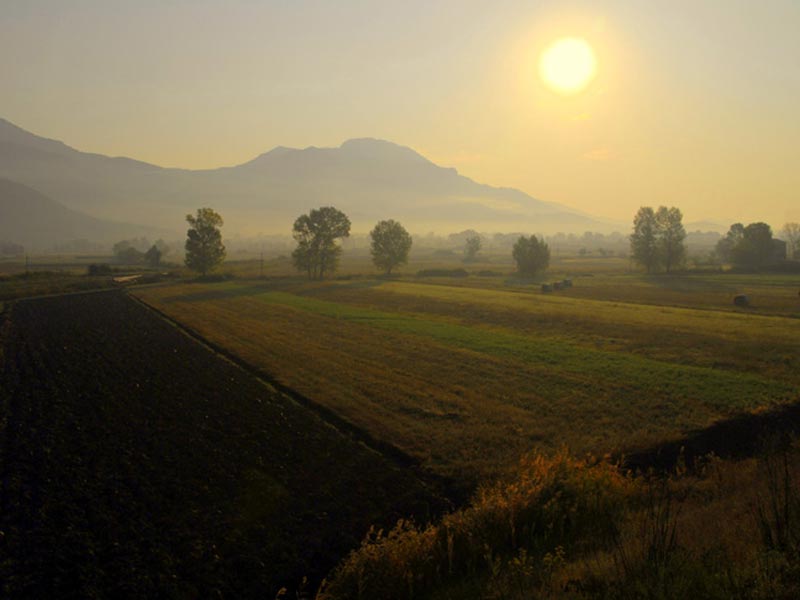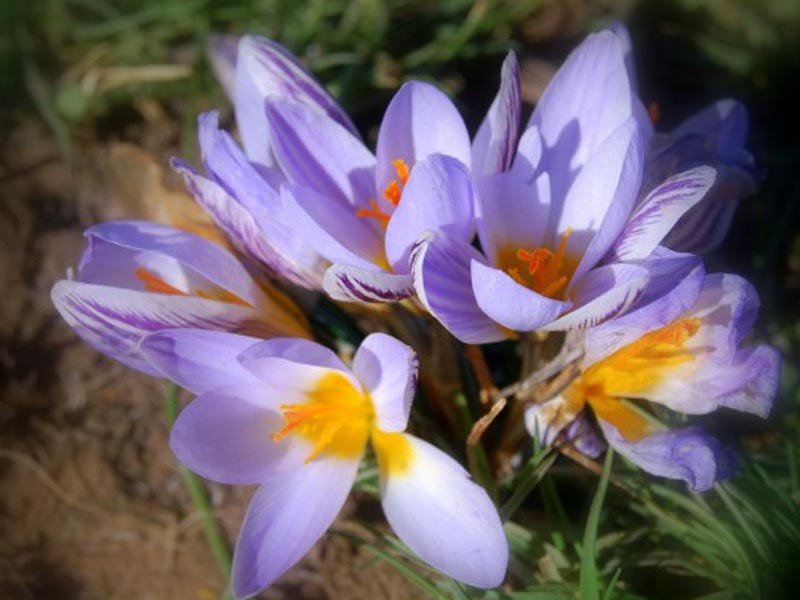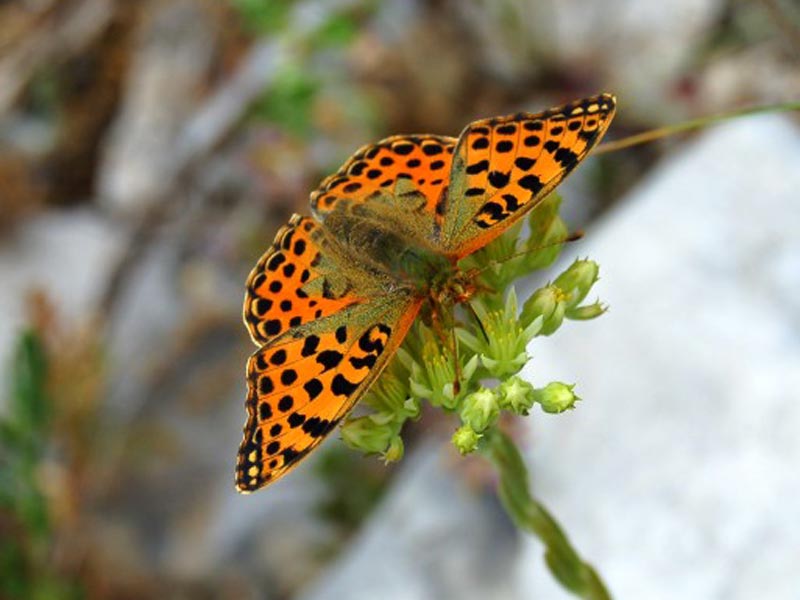Parco Nazionale dell'Appennino Lucano
Val d'Agri - Lagonegrese
www.parcoappenninolucano.itProtected Area
Identity Card
- Appennino Lucano - Val d'Agri - Lagonegrese National Park:
- Land Surface Area: 68'996.00 ha
- Protected flora: 19 species (Italian text)
- Protected wildlife: 136 species (Italian text)
- Habitats: 19 types (Italian text)
- Regions: Basilicata
- Provinces: Potenza
- Municipalities: Abriola, Anzi, Armento, Brienza, Calvello, Carbone, Castelsaraceno, Gallicchio, Grumento Nova, Lagonegro, Laurenzana, Lauria, Marsico Nuovo, Marsicovetere, Moliterno, Montemurro, Nemoli, Paterno, Pignola, Rivello, San Chirico Raparo, San Martino d'Agri, Sarconi, Sasso di Castalda, Satriano di Lucania, Spinoso, Tito, Tramutola, Viggiano
- Establishment Measures: D.P.R. 08/12/2007
- PA Official List: EUAP0851
- Further managed Protected Areas:
- Zona di Protezione Speciale Appennino Lucano, Monte Volturino
- Zona di Protezione Speciale Appennino Lucano, Valle Agri, Monte Sirino, Monte Raparo
- Zona Speciale di Conservazione Abetina di Laurenzana
- Zona Speciale di Conservazione Bosco di Rifreddo
- Zona Speciale di Conservazione Faggeta di Moliterno
- Zona Speciale di Conservazione Faggeta di Monte Pierfaone
- Zona Speciale di Conservazione Lago Pertusillo
- Zona Speciale di Conservazione Monte Caldarosa
- Zona Speciale di Conservazione Monte della Madonna di Viggiano
- Zona Speciale di Conservazione Monte Raparo
- Zona Speciale di Conservazione Monte Sirino
- Zona Speciale di Conservazione Monte Volturino
- Zona Speciale di Conservazione Murge di S. Oronzio
- Zona Speciale di Conservazione Serra di Calvello
Nature
The characteristic feature impressing and enchanting the visitors entering the Park territory is the extraordinary variety of natural landscapes they will enjoy: a series of fascinating stills leading them during their journey.
Flora
An extraordinarily rich nature
The differences in altimetry, going from the 2,005m of Mt. Papa to the 300m of Murgia di S. Oronzo, and the ecological heterogeneity have shaped over the centuries a nature extraordinarily rich in vegetable biodiversity. The most precious areas from a naturalistic point of view are mainly situated in the mountain phytoclimatic strip, approximately from 1,000 to 1,800m asl: this area is dominated by the Beech Tree (Fagus sylvatica).
Further information (Italian text)
Wildlife
The Park area influences and is influenced by the wildlife communities living in the bordering parks. Moreover, it guarantees genetic exchanges between the populations belonging to this big protected area system. The variety of environments corresponds to a good wildlife variety. The aquatic ecosystems are rich in Amphibians and Crustaceans. The Amphibians include the widespread Italian newt (Lissotriton italicus), the Yellow-bellied Toad (Bombina pachypus), the Spectacled Salamander (Salamandrina tergiditata), and Hyla Intermedia. The most important Crustaceans are the Crab (Potamon fluvialis fluvialis) and the European freshwater crayfish (Austropotamobius pallipes); the latter is an important water quality indicator. Together with the rich fish fauna populating Petrusillo Lake, these Crustaceans represent an important aquatic community and an essential food source for rare and important species like the Otter (Lutra lutra).
The following links lead to Italian texts








